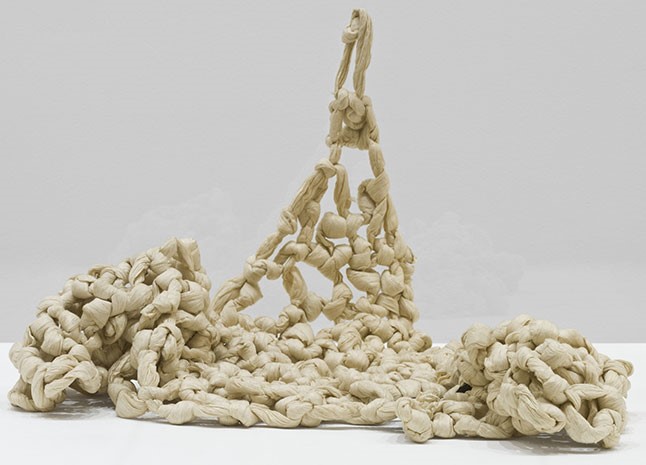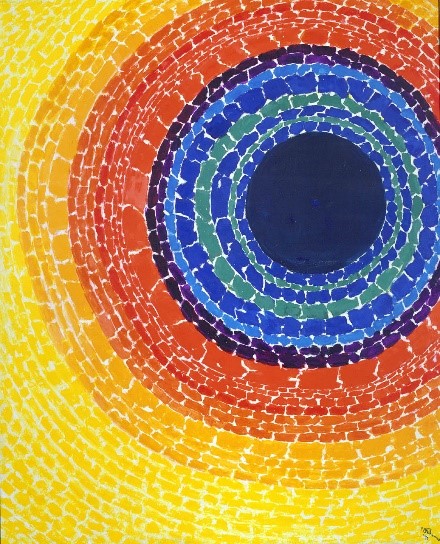by Kris Hurst
Happy Women’s (Art) History Month! Ignite Studio is celebrating Women’s History this March by highlighting female artists, both famous and forgotten.
Abstract artists highlight the elements of art such as color, shape and form. Abstract artists deviate from conventional ways of thinking about art as representing something in a realistic way, and instead focus on concepts and ideas. Wassily Kandinksy, has long been regarded as the pioneer of abstract art, with his color, line and shape heavy compositions, inspired by music. However, recent revelations in art history indicate that Hilma af Klint, a Swedish artist, was one of the first abstract artists. What other women abstract artists have been lost to history?
Hilma af Klimt
Swedish artist Hilma af Klint(1862-1944) used tempera paint, a mixture of egg and pigment, to create colorful, lyrical paintings. Like most others in art school during the late 19th and early 20th century, she was trained to do realistic works. However, she became interested in doing less representational pieces after participating in automatic drawing exercises with her séance groups. (Not uncommon during this time period). Toward the end of her life, she created a body of work that she instructed not be shown until 20 years after her death. Af Klint felt she was painting for the future and that her contemporaries were not capable of understanding her work. Her paintings were large in scale and were created on the floor. Some were visualizations of recent scientific discoveries, and others were representations of the different stages of life. Her wish was realized, although almost eight decades later, as her work gained recognition and toured the world.

Group IV, No. 7 The Ten Largest, Adulthood, 1907, tempera on paper, mounted on canvas, 10 3/8 by 7 ¾ feet
Mira Schendel
Mira Schendel (June 7, 1919 – July 24, 1988) was a Brazilian contemporary, abstract artist. She made numerous drawings on rice paper but was also a painter, a poet, and a sculptor. She marked paper with alphabets both real and imaginative, using ink, and displayed these sheets between Plexiglas. These hung in the gallery space, not on the wall, but from above. This challenged the notion of one-sided drawings. She also used paper as a sculptural material, knotting it and tying it together. These works were not intended to last. She experimented with making her own paint, using brick dust and talc to “write” on her surfaces. Schendel believed that meaning lies not in the artist’s intention, but in the minds of the viewer.

Untitled from the series “Little Nothings”,1964-1966, rice paper
Alma Thomas
African-American artist, Alma Thomas (1891-1978), was 75 when she received acclaim for her colorful, abstract works. Howard University, where she was one of the first female African-American artists to earn an art degree, asked to show a retrospective of her work. Instead of showing the more realistic works she had created during her 38 years of teaching in the public schools, Thomas decided to explore new ways of painting. She created a body of work that was inspired by nature. In her paintings, she tried to capture the feel of a gust of wind or the light flickering through leaves and petals. Her second major group of paintings was inspired by the landing on the moon. Her themes include views from space and movement, which she achieved through careful placement of paint and color. Her later works have a mosaic like feel and brilliant colors that are emphasized by a white background.

The Eclipse, 1970, acrylic on canvas
Researching and discovering new artists is always inspirational and makes me to think about my own art practice. It can also inspire you to to try new techniques. Ignite studio is a wonderful place to try something new. You never know where it might lead you! We hope you have a happy Women’s (Art) History Month!

